IN CONVERSATION: MATYLDA KRZYKOWSKI & SABINE MARCELIS
Levelling The Playing Field (One Exhibition At A Time)

With the Chamber Gallery exhibition ‘Room With Its Own Rules’ now open, we felt the exhibition to be pivotal in not only highlighting the work of a stellar group of female designers, artists and architects, but also extremely important in the way it highlighted design objects in the gallery context.
We asked curator Matylda Krzykowski to interview Sabine Marcelis, one of the designers she selected to present in the exhibition, about her current state of (design) mind.
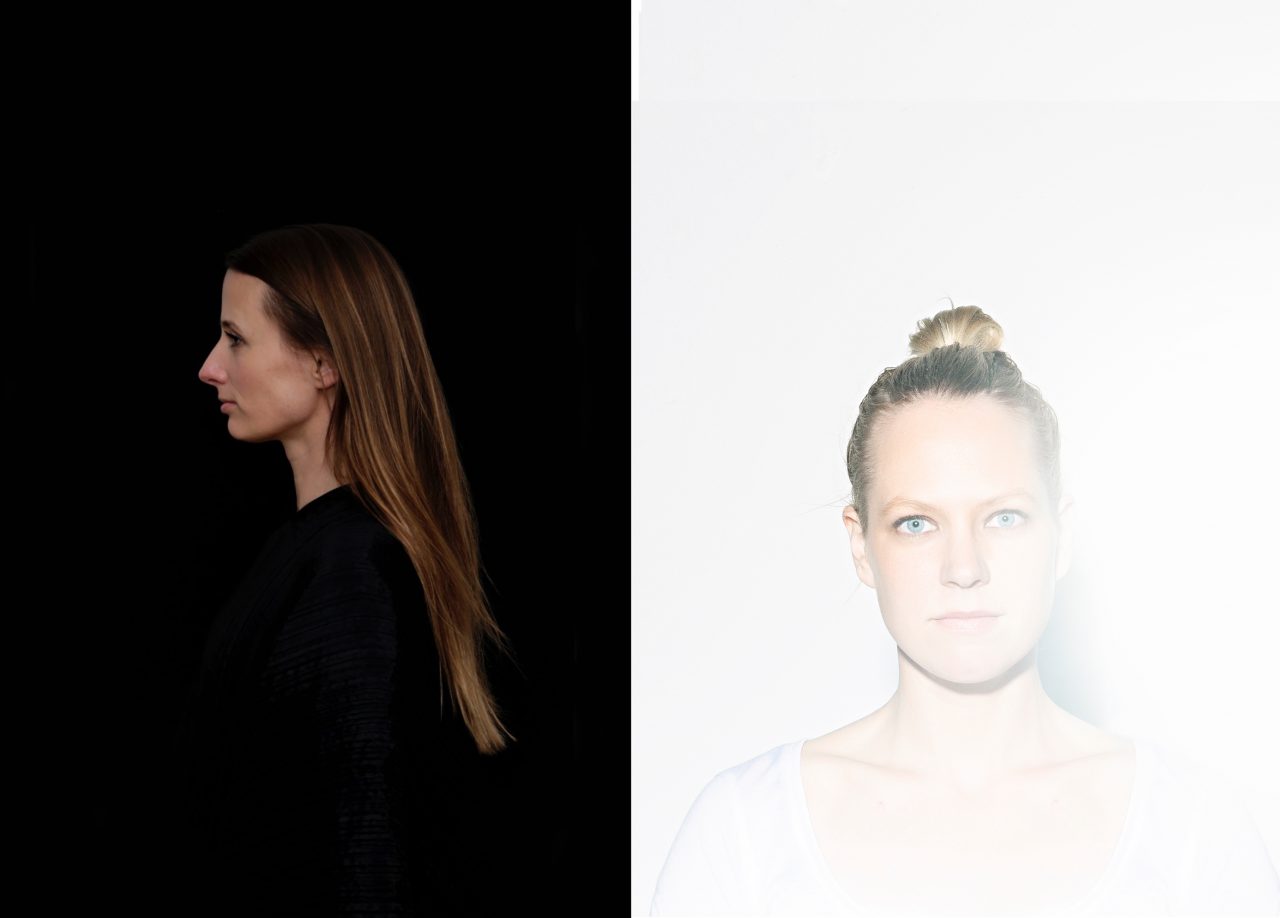
a
01.07.17 | via phone between Basel and Rotterdam
A
a
Matylda Krzykowski | I encountered Sabine many times within the Design Academy Eindhoven context where she was affiliated with Rachel Griffin, Andrea Trimarchi, Simone Farresin and Agata Karolina. Back than I was a frequent visitor to Eindhoven and Rotterdam because I studied and lived in Maastricht. At her Design Academy graduation show in 2011 she explained her project to me. Sabine was straightforward and uncomplicated. It still comes naturally to her to be pragmatic, which makes her progress fast in her work. In 2012 I asked her to participate in ‘The Front Room’, which I curated with Marco Gabrielle Lorusso in Milan. Only now I realise that the word ‘room’, defined as the inside of a building, is involved in both occasions I worked with her. Chamber’s current show, ‘Room With Its Own Rules’, can certainly be a description of her studio in Rotterdam, where she literally gets things done applying her own rules: from interior jobs to installations and from private to public commissions.
a
Sabine Marcelis | I am curious at what point and why you decided that you would rather be involved in the curation of design rather than the creation of design, which is what you initially studied?
a
MK: In the moment when I started to do studio visits during my design studies. That was 10 years ago. I realised that I couldn’t do what I want to do with design by remaining a designer. I wanted to work broader and continuously with different people in order to address relevant topics, like I do now with the show that features 21 women practitioners. What are your feelings about the show?
a
SM: I am proud to be in a show where female practitioners design all the work for sure. But it’s a shame that it needs to be labeled as such. It should not have to be considered such an anomaly.
a
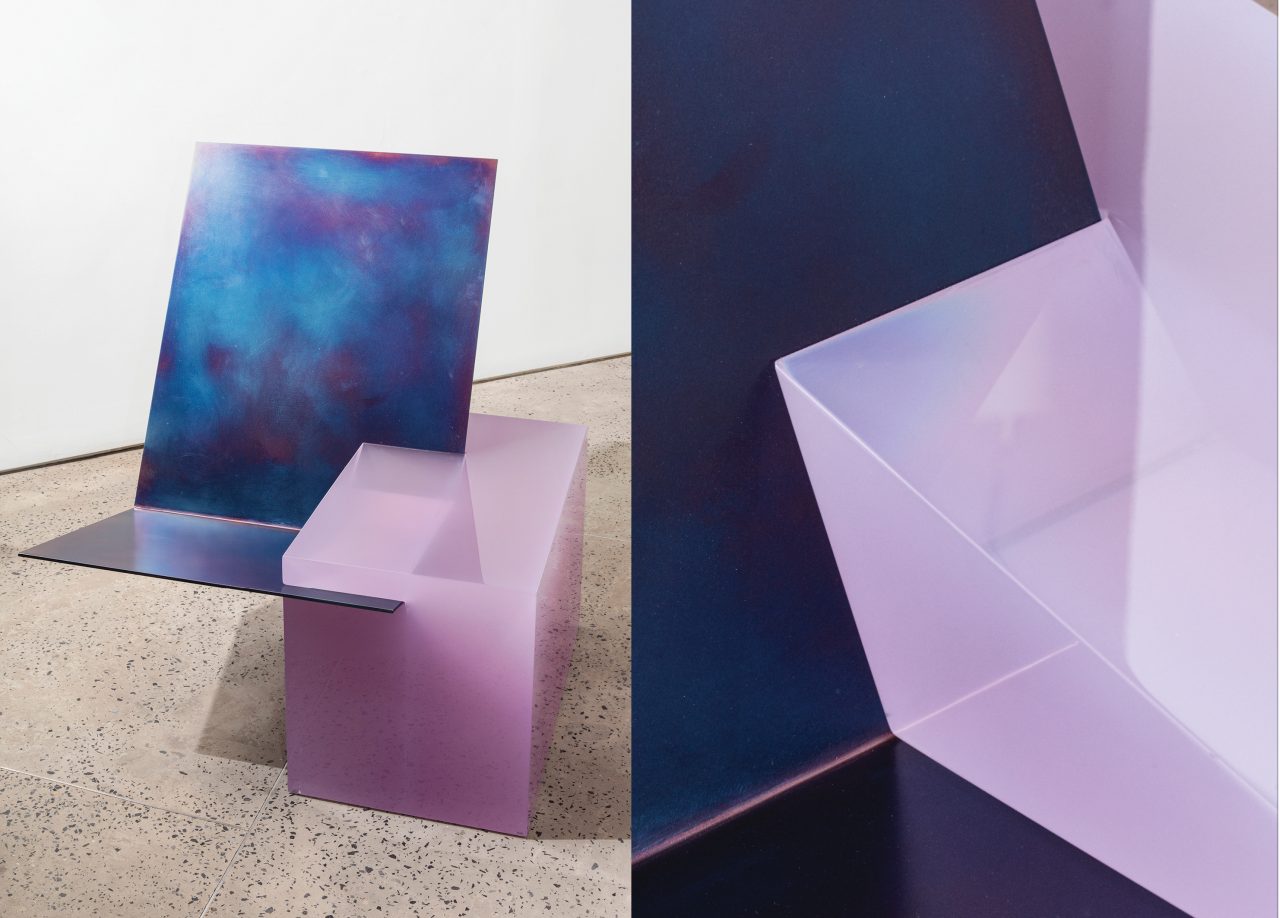
a
MK: I had my doubts about the show, because I was not sure it would be read consciously and understood. What were your doubts?
a
SM: I have to admit that I had some doubts about being in a show, which is based on exclusion. By definition an all-female show excludes all male designers, which is an approach we should not follow.
a
MK: The show proposes a parallel world where an all-female show is not an exception anymore. What do you think is the best and the worst that can happen after the show for you personally?
a
SM: The best that could happen is that people become more aware of the fact that female practitioners are so under represented. The worst that could happen is that people don’t understand the show and thus provide a reason for the under representation.
a
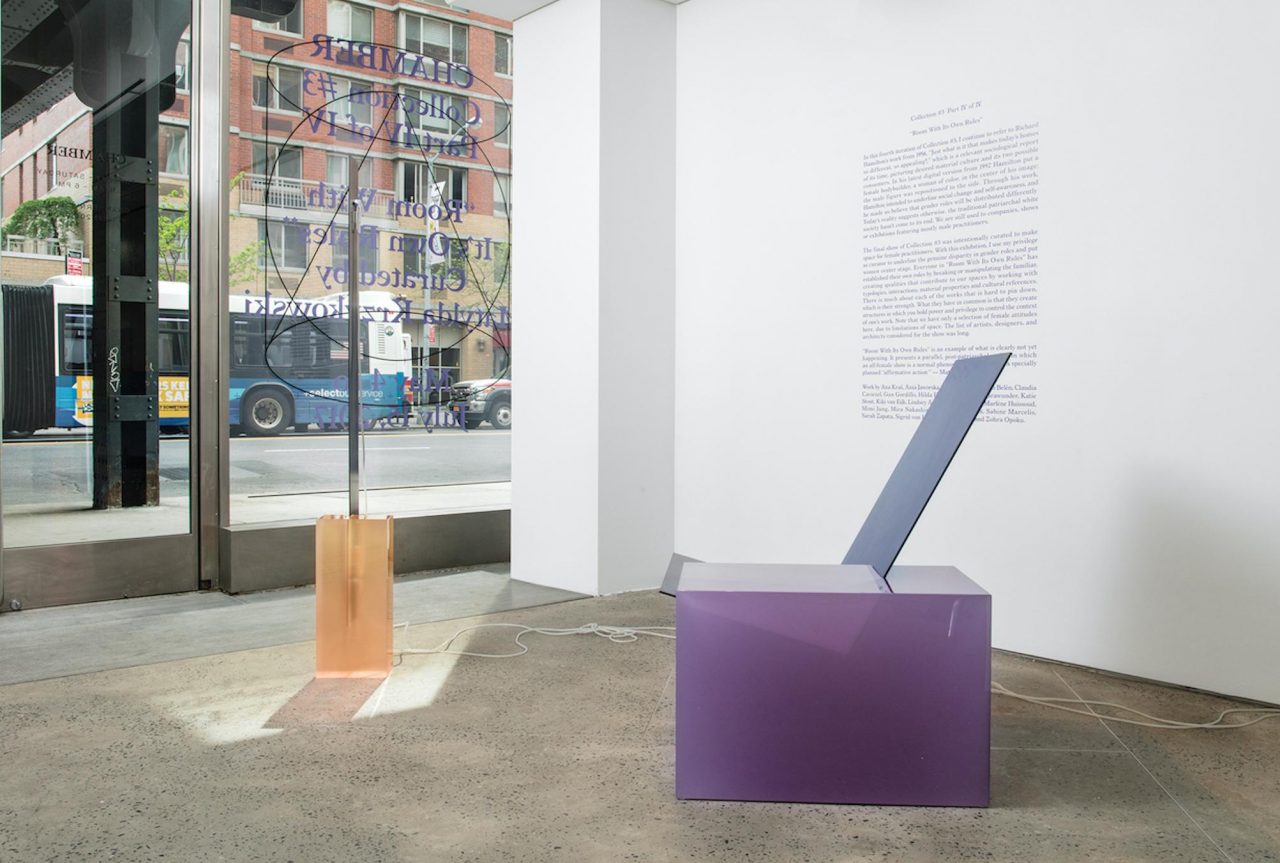
a
“The show proposes a parallel world where
an all-female show is not an exception anymore.”
a
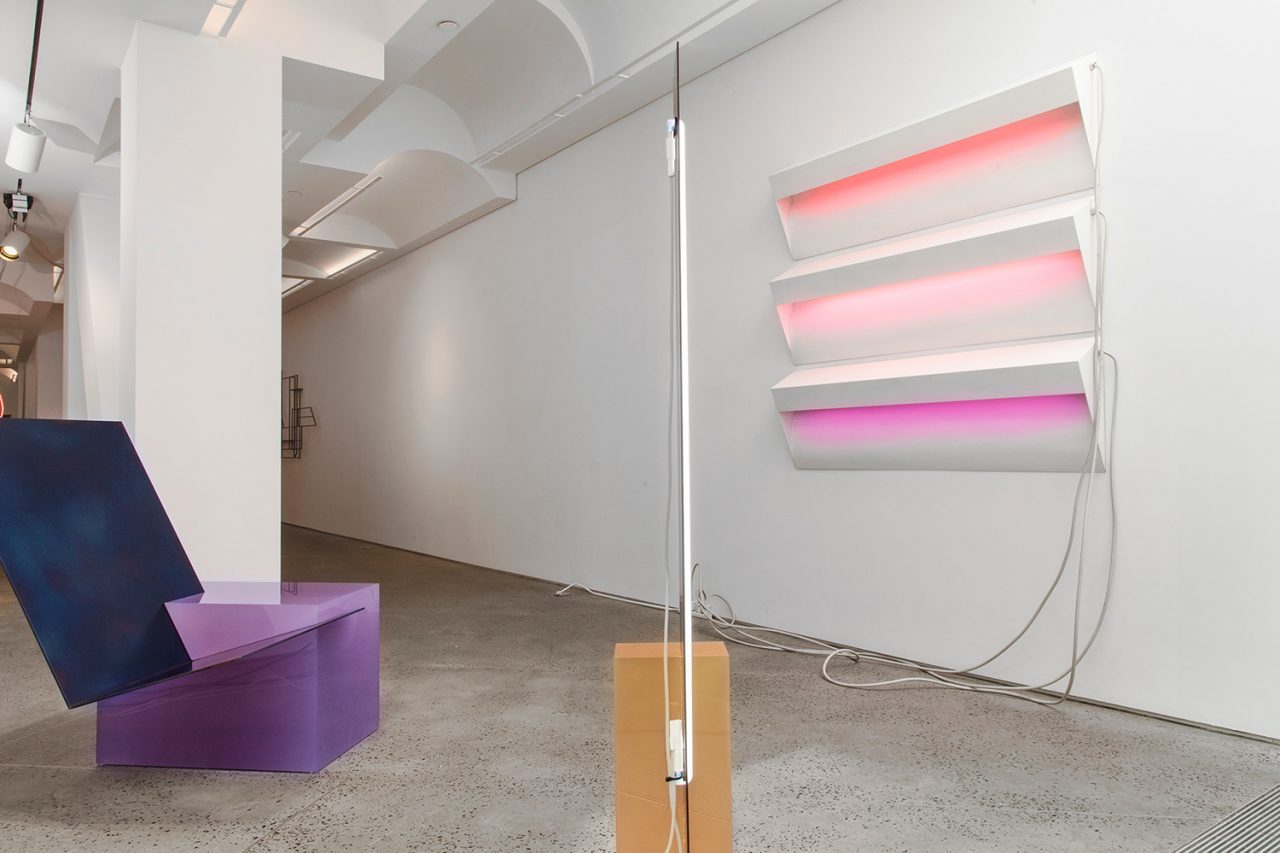
a
MK: Do you think that initiating more of these opportunities will actually change the current patriarchal into a post-patriarchal society?
a
SM: I am not sure, but I do hope so. I hope that it is not necessary to focus on the fact that a show is all-female and for that to be the main hook for press coverage. The quality of work should be.
a
MK: Initially it was not the intention to underline that women made the work.
a
SM: Sure, but I generally hope there will be more initiatives with increased female inclusion and that it does not have to be spelled out as such. I hope that people will realise from putting on shows focused on women, that it is in fact absurd for an all-female exhibition as a unique thing to happen. What were the criteria on which you selected the participants in the show?
a
MK: It’s a non-linear process where I start with the work I am familiar with, like yours, Zohra Opoku, Hilda Hellström and Kiki van Eijk – while I am looking to start a conversation with work I am also unfamiliar with, like Johanna Grawunder, Ania Jaworska and Mira Nakashima. As I wrote in the curatorial text, due to limitations of space this is only a representation of female attitude today. The list of artists, designers and architects considered was long.
a
SM: I never asked how you became involved with Chamber?
a
MK: Juan Garcia Mosqueda followed my work for a couple of years and contacted me. We had never met before but the conversation between us started already at the end of 2015. His gallery model is very different. He intends to shift expectations and introduce changes. We are quite similar in that approach. When it came to your work [for the show], I asked you if you could imagine changing your typology. I wanted to take you away from the expected type of work you are associated with.
A
a
“INITIALLY IT WAS NOT THE INTENTION TO UNDERLINE THAT WOMEN MADE THE WORK.”
a
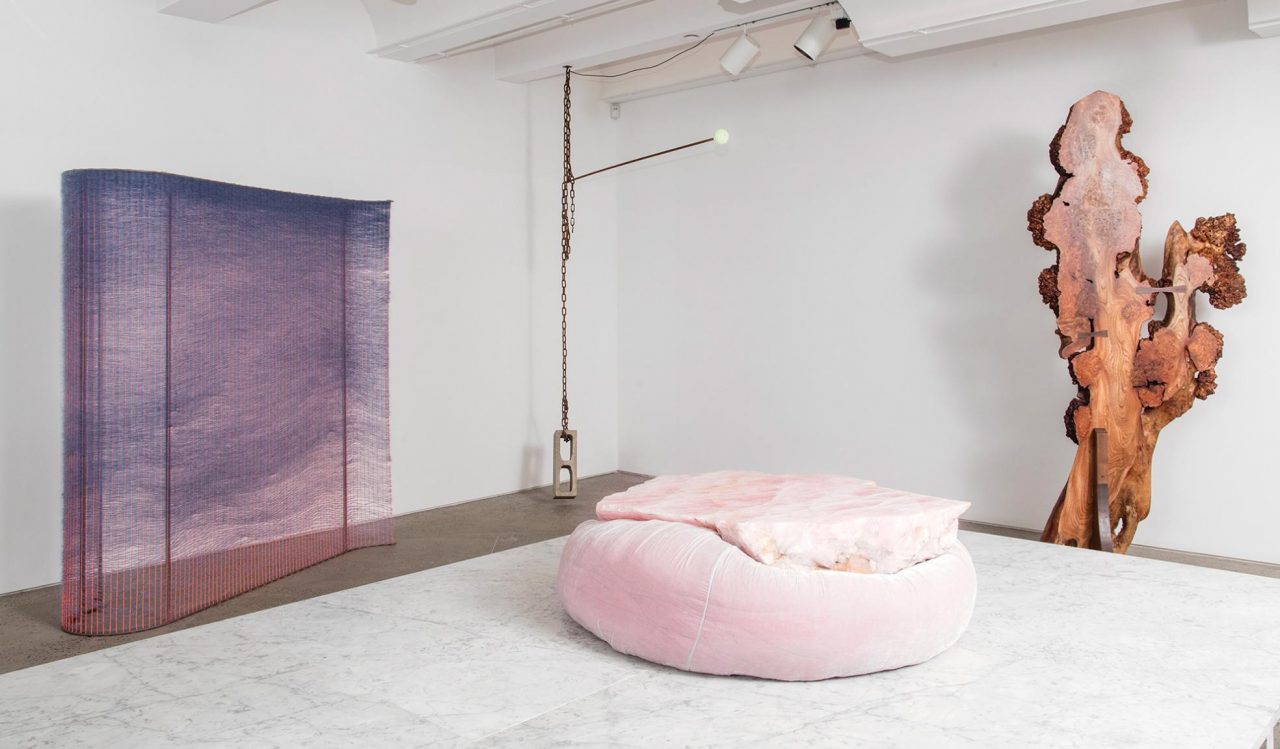
a
SM: I think people have come to expect certain kinds of objects from me and to be asked to do something unrelated is not common. I have a tendency to become bored quite quickly and easily. Being driven by certain fascinations, these fascinations also have a shelf life. A big reason why I do not want to be limited to working within one type of market, or in a singular scale, is to keep pushing my own limits and to keep being challenged to stay enthusiastic about projects. I have been exploring new methods for producing seating furniture since last year. So when you asked me to do a furniture piece it was a great excuse to think about seating in a different way.
a
MK: But you already developed a chair many years ago when you lived in New Zealand. You only never produced it.
a
SM: In the second year of my bachelor studies I designed an invisible chair for a public space. The design was a solid mirrored block, which cantilevered a transparent glass seat. At the time I did not know how to realise it, but with my current expertise I do. So it was really exciting when we decided together that it would be cool to finally bring this project to life and to create a chair inspired by this very early attitude I had towards design.
a
MK: Once you developed the chair I called you again to suggest to do a lighting piece as well, despite wanting to bring you away from it in the first place. I contradicted myself, but I experienced the pleasure of working with you since you are very responsive, fast in the dialogue and even faster in making decisions and conducting them, I requested an additional piece to make it a set that speaks your language. You know, I think your tempo might be one of the main factors that gave you the space you claimed as designer.
a
SM: Totally. I do not like to self-analyse so much, and I find it very confronting to do so. But I know my strengths and weaknesses and one strength is that I can get shit done quickly. I have a great network of people around me and when everyone is enthusiastic about a project, hoops will be jumped through to get things done by a certain deadline. It’s like a rush to try to make the impossible happen, and I love that. I have definitely done some crazy projects with impossible timeframes, but I have always found a way.
a
a
“I HAVE A GREAT NETWORK OF PEOPLE AROUND ME AND WHEN EVERYONE IS ENTHUSIASTIC ABOUT A PROJECT, HOOPS WILL BE JUMPED THROUGH TO GET THINGS DONE BY A CERTAIN DEADLINE. ITS LIKE A RUSH TO MAKE THE IMPOSSIBLE HAPPEN, AND I LOVE THAT.”
A

a
MK: Do you ever think about the future owner of your work? Who do you imagine will own the chaise lounge and lamp? Can you describe the environment the owner would live in.
a
SM: Maybe it is a selfish way to design, but I do not tend to think about the final home the works will have when designing them. What I find very interesting with my work is the diversity of homes they end up finding. When I create objects, like the Voie lights for instance, these products find their place in super minimal modern living homes and others in extremely eclectic spaces all the way to castle-like residences. Somehow I think works that demand their own attention should function in many different spaces. Maybe the chair and light I designed for your show will end up being used outdoors. I hope to be surprised by the final placement.
a
MK: Women have been strong, but often very silent influencers, motivators or engines in society. I am extremely pleased to be involved into how women claim more space within our practices. But I wonder if there is a unifying goal or a vision behind the practices. Is there something that you formulated for yourself?
a
SM: I am a very enthusiastic person and I want to succeed in whatever it is I set out to do. So I work very hard. I am just doing what I love and working hard to be able to do more of what I love. I have been fortunate enough that people have taken an interested so that I can pay my bills with it now. The most important side to my personal way of working and what has allowed me to succeed is the relationships with everyone involved. From my amazing design assistant and studio manager to the DHL guy who comes to pick up the crates. Everyone is vital and these relationships make for a total package of a healthy work practice.
A
a
“WOMEN HAVE BEEN STRONG, BUT OFTEN SILENT INFLUENCERS, MOTIVATORS OR ENGINES IN SOCIETY. I AM EXTREMELY PLEASED TO BE INVOLVED IN HOW WOMEN CLAIM MORE SPACE WITHIN OUR PRACTICES.”
a

a
MK: This is a bit random, but I wanted to ask you about how you use images in your work. You are a vivid Instagram user. You share a lot of content related to your work and you are generous with your likes. How important is this for your practice?
a
SM: It was never a conscious decision to use Instagram as a marketing tool as such. I just had it as a personal account where I shared images of my daily life at the beginning of starting out my studio. I think my Instagram account is quite representative of how my life has evolved in the past few years. My daily life very much consists of my work now. It has since proven to be quite an important tool in reaching interested parties of course. A lot of people and clients have gotten to know about my work through the images.
a
MK: Share an image with us that has nothing to do with you.
a
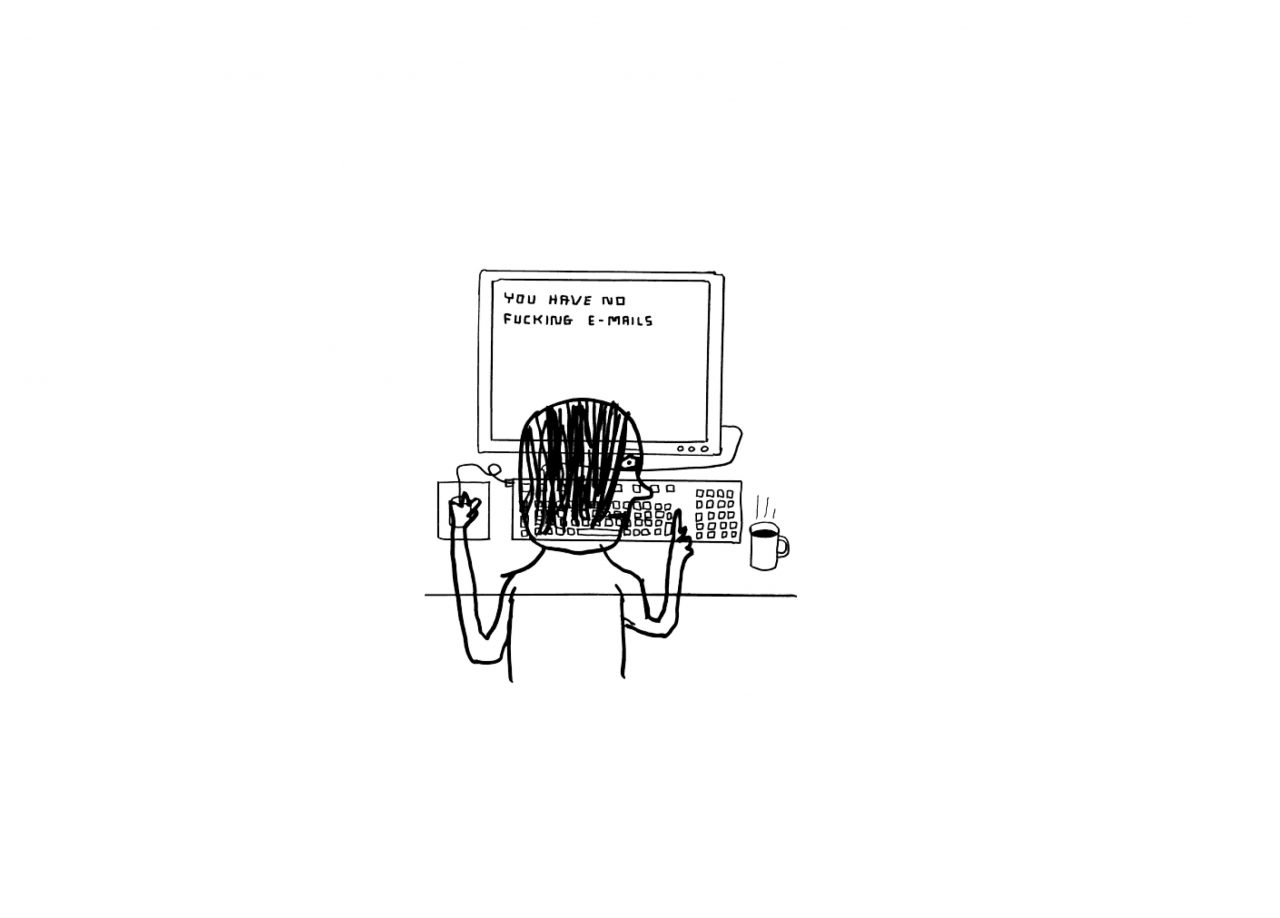
a
‘Room With Its Own Rules’ is exhibiting
until the 15th of July
at Chamber Gallery in NYC.
A

































